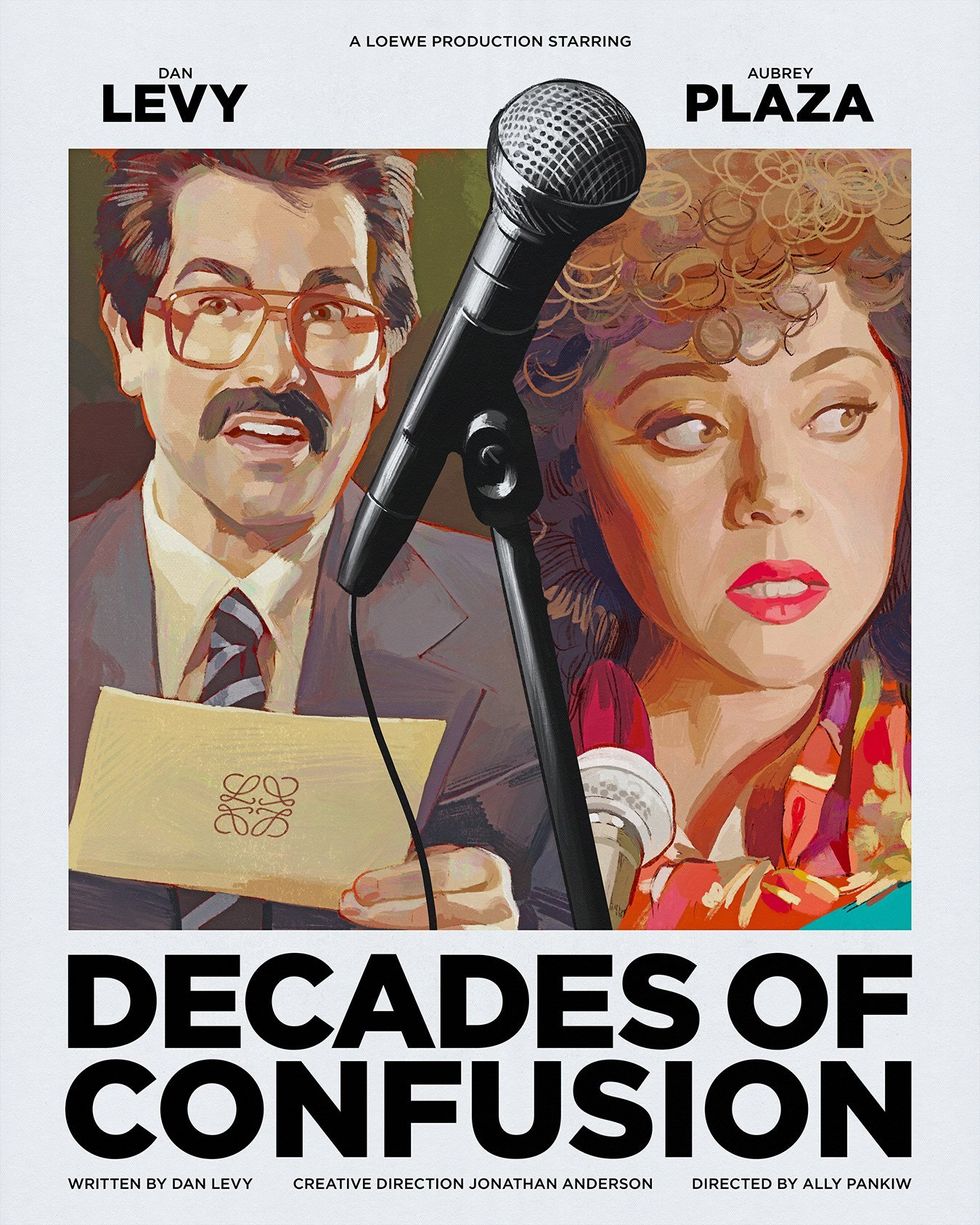Loewe: A Journey Through Decades of Confusion
For over 175 years, the Spanish luxury fashion brand Loewe has been a symbol of elegance and sophistication. However, behind its glamorous facade lies a history filled with confusion and turmoil.
Founded in 1846 by a group of leather artisans in Madrid, Loewe quickly gained recognition for its high-quality leather goods. The brand’s name, which means “wolf” in Spanish, was chosen to represent the strength and durability of its products.
In the early 20th century, Loewe expanded its offerings to include clothing and accessories, solidifying its position as a luxury fashion house. However, the brand’s success was short-lived as it faced financial struggles and changes in ownership.
In the 1970s, Loewe was acquired by the German luxury conglomerate, LVMH. This marked a new era for the brand, with a focus on modernizing its image and expanding its global reach. However, this also brought about a period of confusion and identity crisis for Loewe.
Under the direction of various creative directors, Loewe experimented with different styles and aesthetics, often straying from its traditional roots. This led to a lack of consistency and a sense of confusion among consumers.
In the late 1990s, Loewe brought in renowned designer Narciso Rodriguez as its creative director. His minimalist and modern approach brought new life to the brand and helped to re-establish its identity. However, Rodriguez’s departure in 2001 once again left Loewe in a state of uncertainty.
It wasn’t until 2008 when British designer Stuart Vevers took over as creative director that Loewe found stability and a clear direction. Vevers’ designs were a perfect blend of the brand’s heritage and modernity, earning critical acclaim and a loyal following.
In 2013, Vevers left Loewe to join American fashion house Coach, and the brand once again faced a period of transition. However, this time, it was different. Loewe had finally found its identity and was able to maintain its vision under the leadership of its new creative director, Jonathan Anderson.
Anderson’s unique and innovative designs have brought a new level of excitement to the brand, while still staying true to its heritage. He has also focused on expanding Loewe’s presence in the digital world, making it more accessible to a younger audience.
Today, Loewe continues to thrive under Anderson’s leadership, with a strong presence in the fashion industry and a loyal customer base. The brand’s journey through decades of confusion has ultimately led to a clear and defined identity, making it a force to be reckoned with in the luxury fashion world.
In conclusion, Loewe’s history may be filled with ups and downs, but it is a testament to the brand’s resilience and ability to adapt. From its humble beginnings as a leather goods company to its current status as a global luxury fashion house, Loewe’s journey through decades of confusion has only made it stronger and more iconic.




